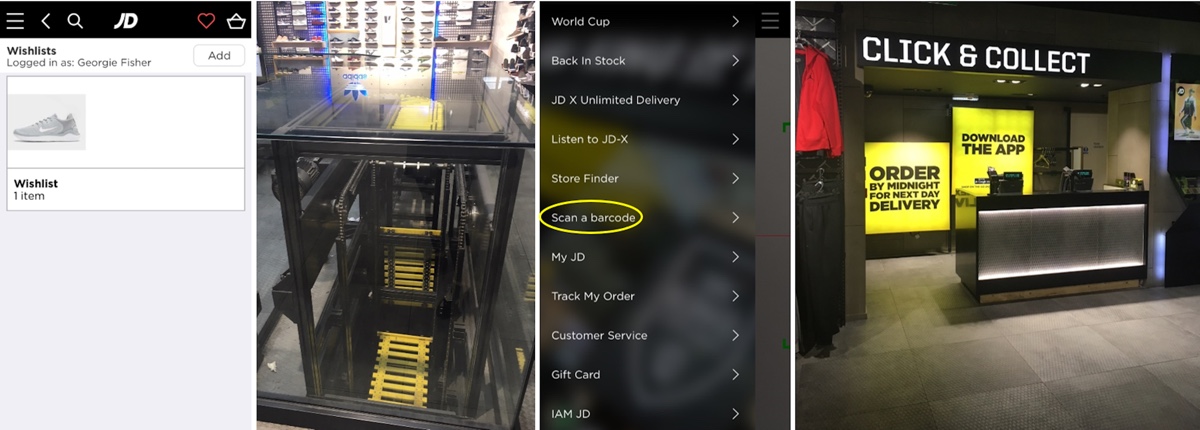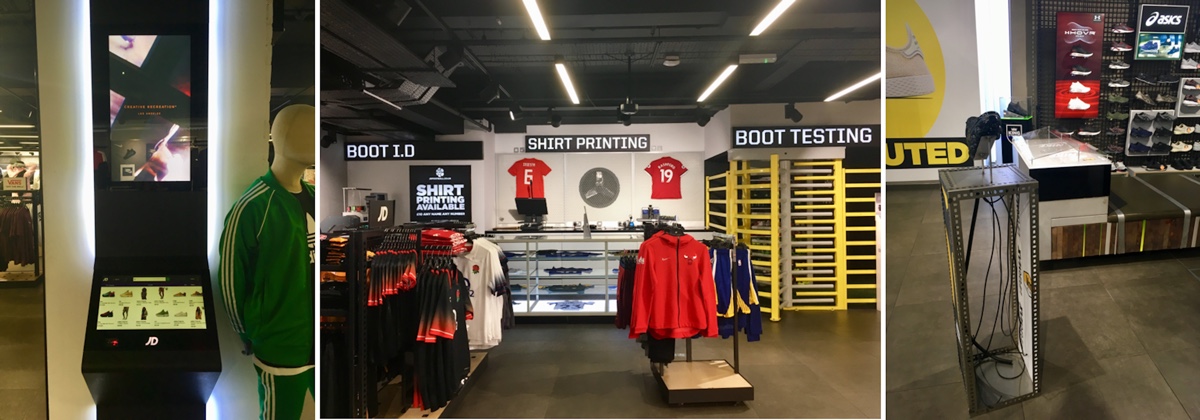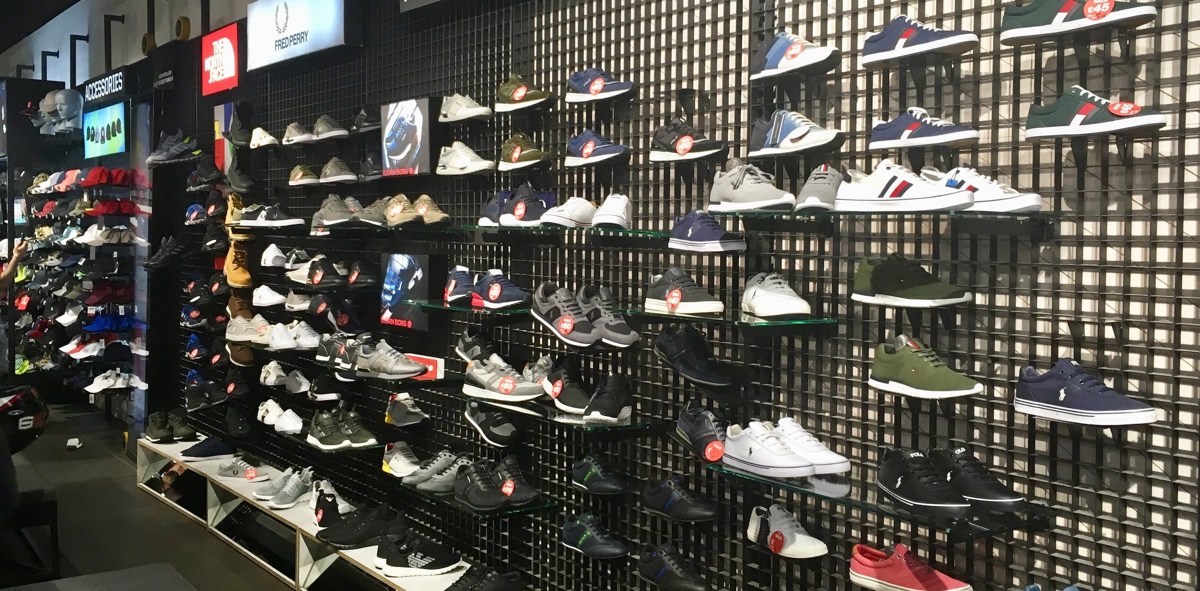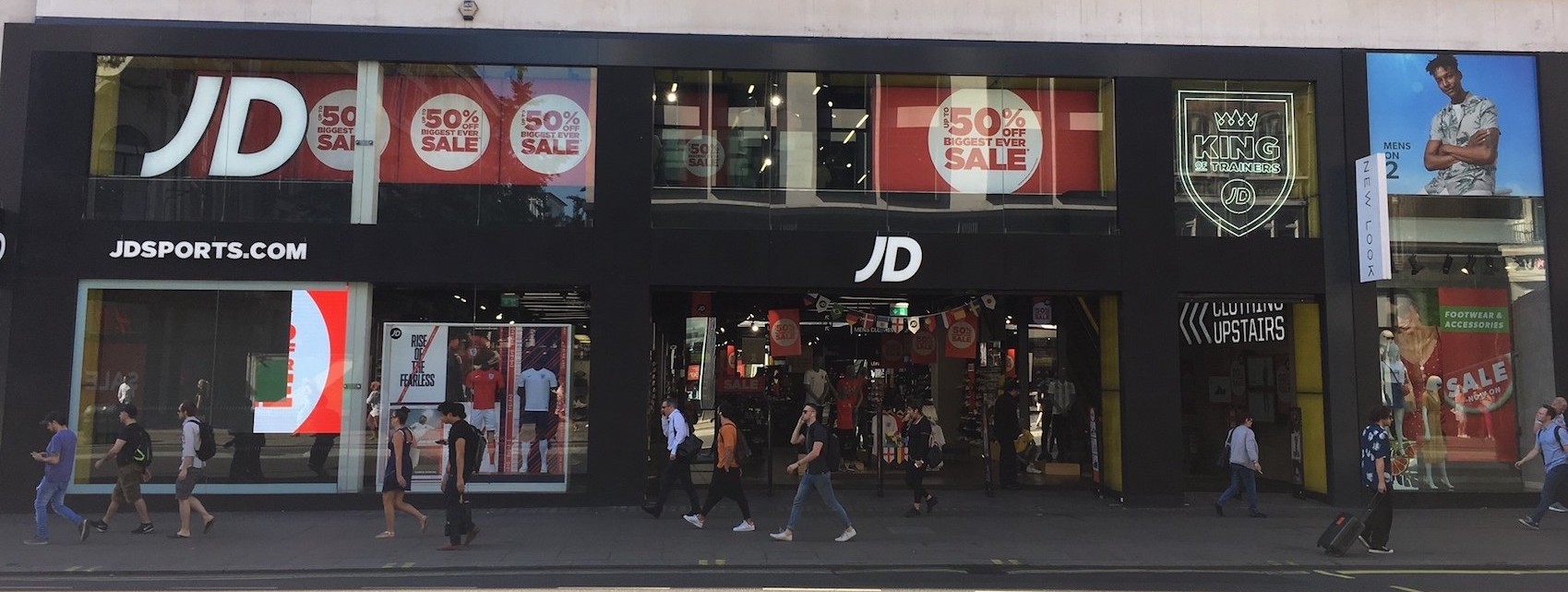When a customer walks into a store they expect a great experience, and these expectations are continuously growing.
How does Technology Enhance the In-Store Customer Experience at JD Sports?
Physical stores will continue to play a significant role in the customer’s shopping journey. Bricks and mortar retailers offer an experience that customers cannot get online, a fact supported by data in the most recent Retail Sector Report (I-AM):
- 74% still prefer physical stores compared to just 26% preferring online shopping
- 49% of people said their most loved element of the in-store experience is touching and trying things out
Furthermore, Retail Systems reported that 70% of UK consumers say they enjoy the full experience of going into stores to browse, see what’s new and buy what they like.
However, customers want the convenience and increasingly personalized experiences they get online to be translated into a store environment. This is where technology comes in - with reports of CVA’s and store closures dominating the press, retailers are turning to cutting-edge technologies to help them boost in-store sales at this turbulent time.
RFID tagging, barcode scanning, online access mirrors, and self-checkouts are just a few examples of new emerging technologies brought into stores. Furthermore, many retailers are opting to out-source technologies to innovative startups (e.g. MishiPay, the seamless checkout experience) instead of trying to build the tech in-house.
With the athleisure trend rapidly growing, and reports of international store expansion in the press, I visited JD Sports’ flagship on Oxford Street to see what technologies they have adopted to improve customer experience in-store.
JD Sports
The JD Sports Annual Report 2018 states, “The Group embraces the latest online and in-store digital technology providing it with a truly multichannel, international platform for future growth.”
JD Sports pride themselves on their multichannel capabilities which they believe is their key differentiator. I started by looking at running shoes on the JD Sports App, where I found a pair of Nike trainers I wanted. I then went to the store to find out if they actually fit before buying them. An employee showed me straight to the trainers and then through an iPad, called them up on the conveyor belt in my size from the stockroom, meaning no waiting around for someone to find them. Not only is this process efficient, it means more employees on the shop floor to help customers - we all know that even the best technologies cannot replace human interaction.
JD Sports’ continued investment in their mobile app offering means that customers are able to use it widely in their stores to get extra product information, scan barcodes etc. I was able to scan the barcode of the trainers I liked on the app and save them to buy later. I could get them delivered to my home or pick up in-store by their click & collect service. This was an overall impressive and truly multichannel customer journey which is clearly working - in their Annual Report 2018 they state, “There continues to be growth in sales from our in-store digital devices (kiosks, web tills and iPads).”

Other digital devices that make JD Sports stand out from competitors include:
- Interactive mirrors with online access
- On-screen video adverts
- Other ways for the customer to interact e.g. testing out your new boots, 3D printing to create bespoke products etc.
- Showcasing new technology

Although JD Sports have a huge amount of product, I didn’t feel overwhelmed due to the ease the technology gave me to find what I wanted and buy it whichever way I chose. This reflects positively on a statement made in their Annual Report 2018 “We believe we are creating an industry leading retail business with the best of physical and digital retail combined to give a compelling proposition and enabling our consumers to shop seamlessly across all channels.”
To Conclude…
At Dressipi we have always been passionate about in-store experiences and feel there is a huge opportunity for retailers to maximise their stores’ profitability by improving customer service and experience whilst in-store.
Retail Systems reported that digitally focused millennials still prefer shopping in stores to online, so retailers need to make shopping in stores both convenient and exciting, with clever technology at the centre. As quoted in Forbes, “Technology is a tool” but it is important to not lose sight of the fact that retailers need to get their product right too. If the customer and product are not right for each other, this won’t translate into sales, even with the use of technology.
Retailers need to make sure the technology they roll out is genuinely useful and speaks to the customer. Given my experience, I believe JD Sports has so far achieved this and I’m excited by what they have planned for the future.

You might also be interested in this article…
Best examples of AI in fashion retail
Check out the best examples and applications of AI in fashion. Get inspired by how AI is transforming retail shopping experiences.

